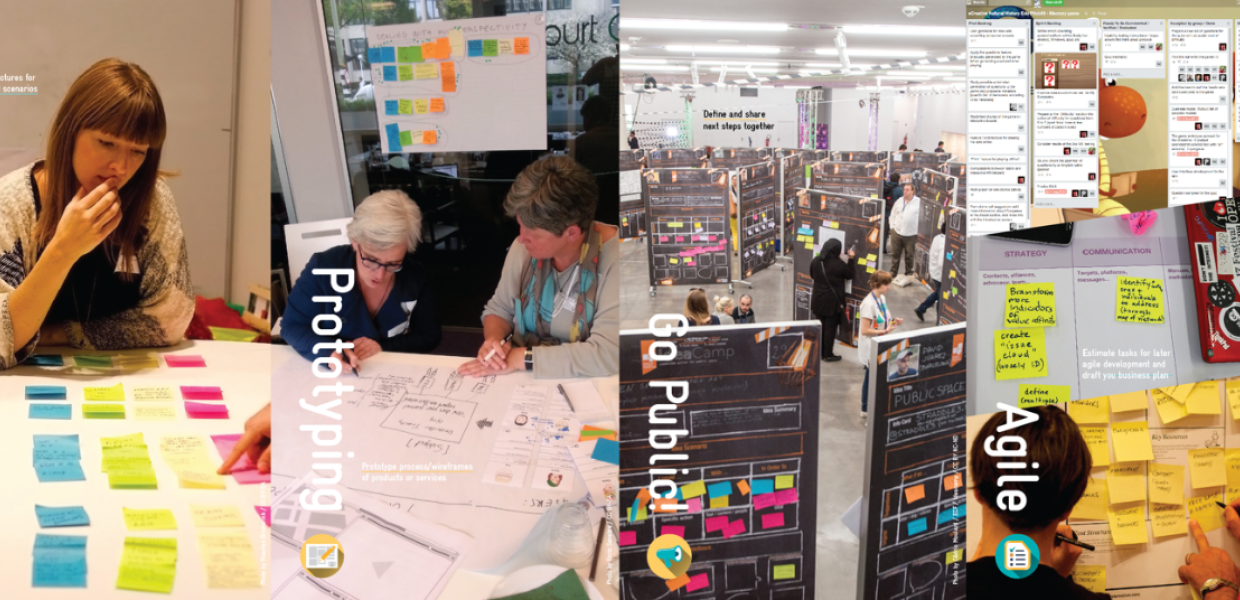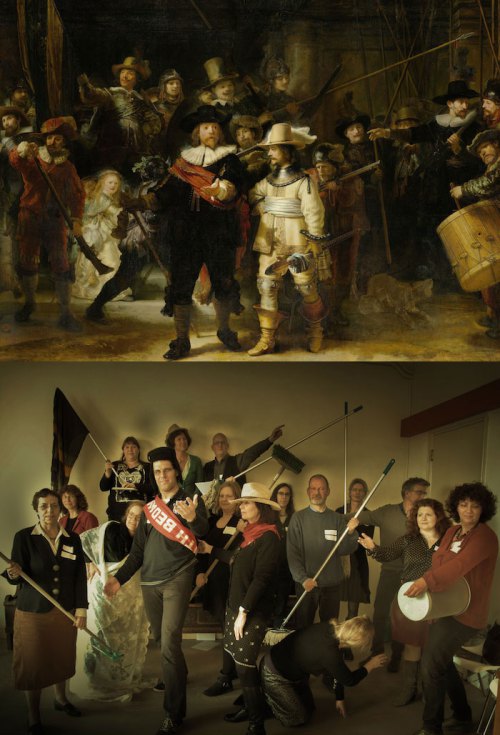Meet the Members Council: Olivier Schulbaum

Europeana - Putting the Crowd in the Picture
Can creative re-use and co-creation open up locked forms of cultural heritage to the crowd? I’m quite sure they can, and that’s why I am involved in Europeana’s Network.
Hola, my name is Olivier Schulbaum and I’m from Platoniq, a non-profit organisation based in Spain. Our members have more than 10 years’ experience in the design and development of open source work methodologies, ICT and tools for social innovation and the creative industries.
As a councillor, I'd like to put "the crowd" in the middle of the growing flow of people and values aligned with the Europeana 2020 vision.

Platoniq's co-creation methodologies developed as part of Europeana Creative
Locked out of cultural heritage
While people in general might appreciate and value culture, society doesn’t feel a powerful sense of ownership with culture anymore. Culture can appear remote, precious and untouchable, even when we talk about digital cultural heritage. Ironically, digitalization of culture is only part of the solution. We need to be sure that these new forms of culture are accessible and attractive for people to engage with. Now that so much of life happens on-screen if not online, we know we can’t rest with only having done the work of digitalizing cultural heritage if people don’t believe they have the means, or the reason, to use it. We need to create tools to help ourselves reclaim our cultural heritage - and we need to do it together.
With my team at Platoniq Lab, we facilitate cooperation and distributed social innovation processes. By using carefully developed methodologies, workshops and dynamics, we can introduce cultural shifts within organizations like NGOs, institutions, cooperatives or social businesses.
Since 2013, we’ve had the great opportunity to shake Europeana’s foundations, first as part of Europeana Creative and currently as part of Europeana DSI where we’re focusing on the re-users community, helping to bring our cultural heritage out into the air, out of the closed, protected, controlled spaces.
Disruption: cracking the protective glass
Beyond the disruptive benefits for creative communities and the Europeana Community itself, let’s ask ourselves some interesting questions. How could crowdsourcing tools - like co-creation, crowd development, crowdfunding - serve to raise awareness and facilitate deeper democratic engagement with the digital public domain? How can that crowd engagement help open standards for collaboration, in order to design a comprehensive, educative lab context, gathering together the entire process of conception, design, prototyping and financing into something integrated for the development of new projects?
The doors of the galleries, libraries, archives and museums have now opened wider, and the keys to the glass cases are increasingly in reach of anyone with an interest in participating. Will the crowd begin to bring more social innovation to the long-term planning required to determine the future of our cultural heritage? It’s best not to think of this trend as “crowdsourcing”, but rather as citizen participation, even “citizen curation”. Ultimately, the question becomes: will future heritage be financed and co-curated by the crowd? I’d be happy to open up this debate within the Europeana Community.

A VanGoYourself recreation of The Nightwatch by Kennisland CC BY 2.0
It all starts with a Van Gogh and a selfie
As a lively example, a project called VanGoYourself, one of the Pilots developed as part of the Europeana Creative project, offers people several levels of engagement with digital cultural heritage, from the simple re-creation of a painting, posting on their website and sharing on social media, up to sponsoring additional artworks through their crowdfund, in turn making them available for more people to re-create. Cultural innovation projects like this one, emerging from larger efforts such as Europeana, have been born in co-creation laboratories and designed as experimental efforts in order to see what comes of all this; what’s practical, what’s desirable, what’s sustainable in the use of digitalized cultural heritage. Now, the next step is ours. Won’t you please join us in welcoming the crowd into the picture?
